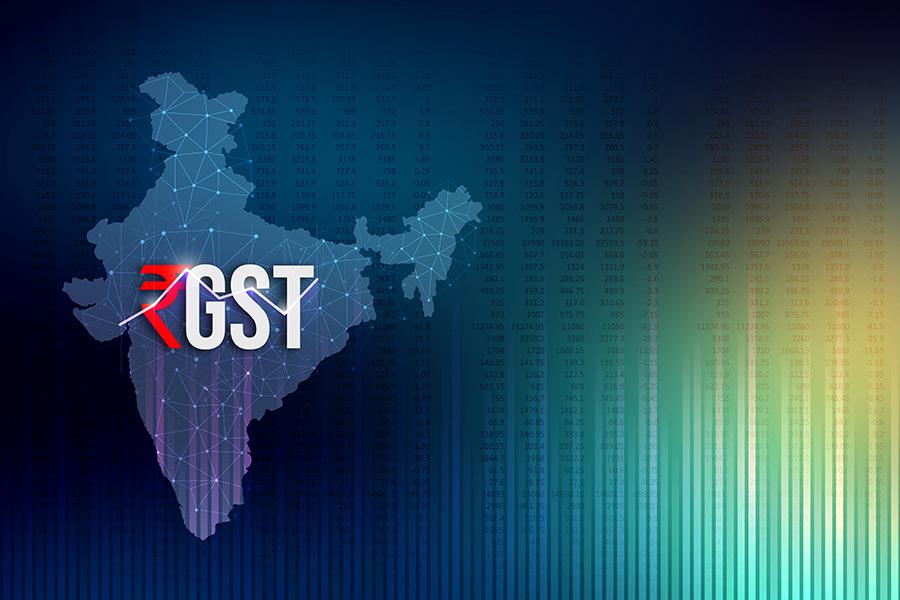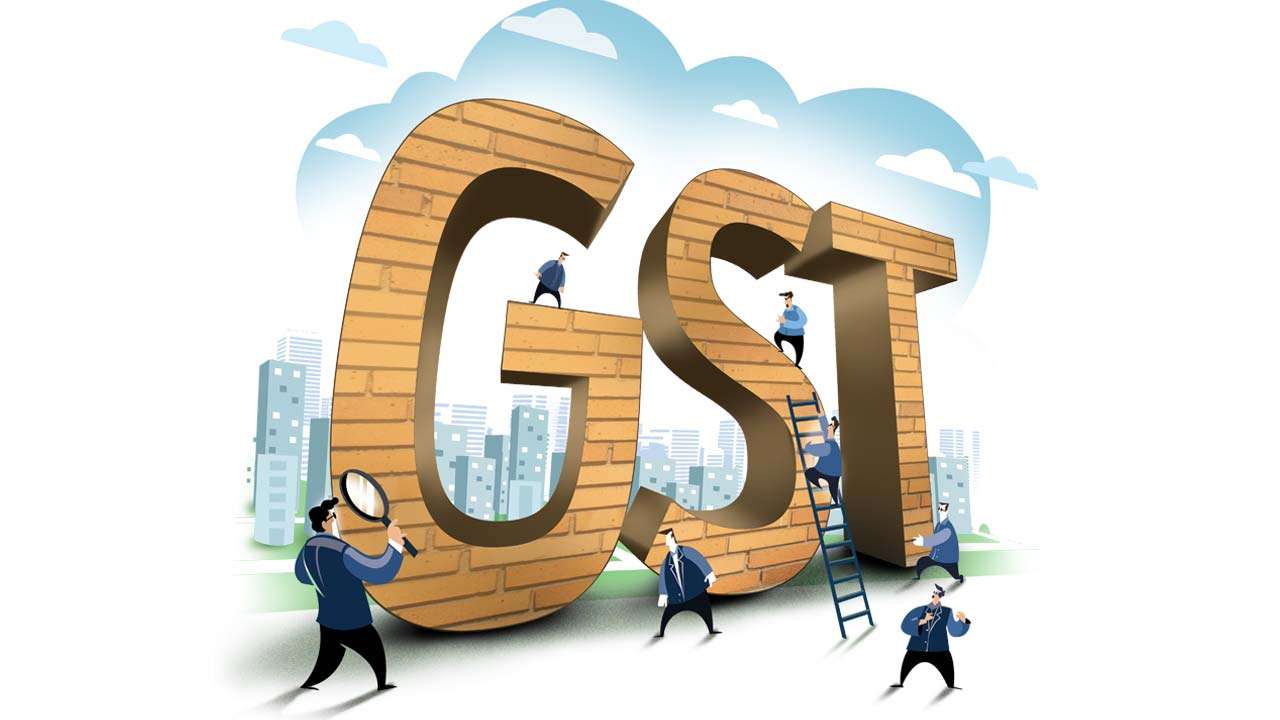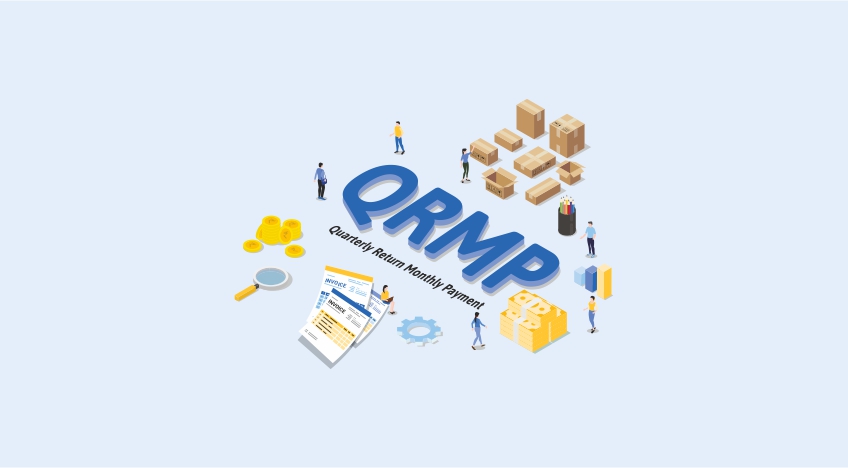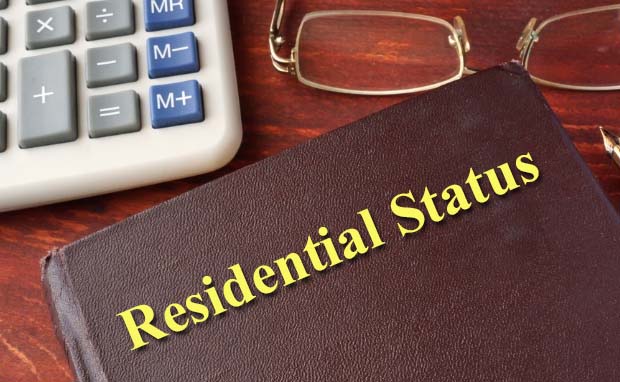Introduction
GST is known as the Goods and Services Tax. It is an indirect tax which has replaced many indirect taxes in India such as the excise duty, VAT, services tax, etc. GST structure in India is composed to ideas based from other countries having similar policies considering indirect taxation.

The Goods and Service Tax Act was passed in the Parliament on 29th March 2017 and came into effect on 1st July 2017. Goods and Service Tax (GST) is levied on the supply of goods and services. Goods and Services Tax Law in India is a comprehensive, multi-stage, destination-based tax that is levied on every value addition. GST is a single domestic indirect tax law for the entire country.
Tax Structure
The GST tax structure has bring about a drastic change in the current indirect tax system. Lately, tax barriers have created a fragmented Indian market.
This has resulted in a cascading effect of taxes on cost making indigenous manufacture less profitable. Also, the complex multiple taxes have raised the cost of compliance considerably.
The GST tax structure comprises of:
- Central Goods and Services Tax (CGST)
- State Goods and Services Tax (SGST)
- Integrated Goods and Service Tax (IGST)
- Union Territory Good and Service Tax (UTGST)
The four slab tiers of the GST tax structure are 5 per cent, 12 per cent, 18 per cent and 28 per cent. The lowest rates are applicable for essential items and the highest for luxury and demerit goods. Moreover, these include SUVs, luxury cars and tobacco products. GST may go up to 40 per cent after the GST Council proposed raising the peak rate.
Service tax increased from its current levels of 14.5 per cent which will be negative for service industries like airlines, telecom and insurance.
Currently, FMCGs pay about 24 to 25 per cent on excise duty, VAT and entry tax. Under the GST tax structure, this may be reduced to 18 per cent, but at 28 per cent this may disappoint the market. Also, telecom will be affected with a rate of 18 per cent from the current 15 per cent.
An additional tax up to 1% will be levied on the inter-state supply of goods. Therefore, these goods do not come under VAT and have no input tax credit.
Central taxes to be absorbed under GST are:
- Central Excise Duty
- Additional Excise Duties
- Service Tax
- Additional Customs Duty (Countervailing Duty)
- Special Additional Duty of Customs – 4% (SAD)
- Central Surcharges and Cesses in the nature of taxes on goods/services like cess on rubber, tea, coffee and national calamity contingent duty.
State taxes to be absorbed under GST are:
- State VAT/Sales tax
- Entertainment tax
- Luxury tax
- Taxes on lottery
- Betting and gambling
- Tax on advertisements
- State cesses
- Surcharges in the nature of taxes on goods/ services, Octroi and entry tax and purchase tax
GST STRUCTURE IN INDIA: TAX SLAB
NIL RATE(0%)
The following items stated below are some of the GST-Exempted Goods:
- Raw vegetables including potatoes, onions, and various leguminous vegetables, etc
- Live animals such as sheep, goats, live poultry, birds, bird’s eggs in the shell, fresh fish
- Wheat, corn, maize, cereal grains, soybeans that have yet to put into containers
- Human blood and various components of the same
- Fresh ginger, melon, roasted coffee beans, unprocessed green tea leaves, etc.
- Raw materials such as raw silk, silk waste, khadi fabric, khadi yarn, charcoal, firewood, handloom fabrics and wool (not processed).
- Tools and instruments such as hearing aids, spades, shovels, tools used in agricultural purposes, handmade musical instruments, etc.
LOWER RATE (5%)
A 5% rate will apply to most of the common commodities and services. This mainly includes the rest of the items under the Consumer Price Index and the mass consumption products. Some of these items are-frozen vegetables, coffee, tea, rail tickets, economy air tickets, takeaway food, fertilizers, etc.
STANDARD RATE (12% and 18%)
Most of the goods and services come under this slab. To keep inflation in check, the government has decided to keep two standard rates for the products and services. The 12% slab consists of -butter, cheese, handbags, jewelry boxes, cellphones, frozen meat, business class air tickets, movie tickets priced under ₹100, etc. Some of the items under the 18% slab are-pasta, pastries, cakes, vacuum cleaners, hairdryers, panels, wires, IT services, telecom services, etc.
HIGHER RATE (28%)
More than 200 products will come under the 28% tax slab. This mostly consists of luxury products. Some of these items include-pan masala, paint, cement, automobile, washing machine, shampoo, sunscreen, motorcycles, aerated water, etc. For some of the products under the 28% slab category, an additional cess has been fixed by the government.
Conclusion
As the GST tax structure in India is not a new term, most of the citizens have a good idea but a detailed go-through is still anticipated from them.




